Fukushima forever: a portrait of absence and uncertainty
Almost a decade after the Fukushima Daiichi nuclear disaster, Giles Price photographs those who dare to return in a poignant new book

This year, Japan will host the 2020 Summer Olympics. A country singularly devastated by the Second World War will exhibit how, in living memory, it has become one of the most advanced and technologically progressive countries in the world. Yet, an event took place only a decade ago will cast something of a shadow over the country’s celebrations.
If Japan were wholly victim to nuclear catastrophe in 1945, then the tragic events of 2011 were caused by self-harm as well as a seeming act of god. More than 20,000 people died as a result of the earthquake and subsequent tsunami that ripped into the country’s eastern shore on 11 March. But the catastrophic event will always be remembered for an element of this tragedy that did not cause a single death – initially at least.
Theoretically, the Fukushima Daiichi Nuclear Power Plant, 250km north of Tokyo, was protected from tsunamis by a 30m sea wall. But this wave was much, much higher. Floodwater spilled into the reactor, disabling the plant’s power supply. The cooling systems failed, uranium fuel started to melt, and radioactive gases built up inside the reactors. Engineers released the gases to stop the reactors blowing their top, discharging, in a mushroom bloom, radioactive fallout into the surrounding ocean and forests. More than 150,000 people living in the vicinity were forcibly evacuated.

In the ensuing panic, the authorities seemed as clueless as the public. At a nearby police station, officials wore radiation protection while telling locals there was no risk. Communities were shepherded to evacuation centres that recorded higher radiation levels than the homes they were fleeing. Around 60 ageing people were killed by the stress of being rushed from care homes and hospitals. Others died of dehydration and hunger. Oxford University professor Wade Allison wrote of the disaster: ‘In Japan, everyone knows what to do in an earthquake. Half a million people got out of the way of the tsunami. But the public had understood nothing should go wrong with nuclear plants. Absolute safety was assured. So when it seemed that the impossible had happened, there was panic.’
The tragedy of Fukushima was not visual or statistical. It was not realised in a body count. The reactor core did not explode into the sunlight. Mutated animals have not been captured on film silently stalking the empty landscape. The tragedy was instead psychological – victims of Fukushima found themselves excluded from their homes and dislocated from their bodies. What, unseen, was happening to them? Their questions were impossible to answer, the consequences hidden, incalculable, and likely yet to be realised. Suicides and PTSD diagnoses among the evacuees have risen vertiginously since.
Faced with inconclusive scientific consensus on the long-term effects of radiation in the area, the Japanese government began an aggressive rebranding exercise in 2017. It financially incentivised residents to return to Namie and Iitate, two peaceful towns once home to more 27,000 citizens, both exposed to extreme radioactivity. Those who have decided to return will be the first to populate what, for the last decade, has been a virtually deserted landscape. Fukishima’s reactor is yet to be repaired. Some scientists believe the exclusion zone surrounding it will not be safe for at least another 50 years.
RELATED STORY
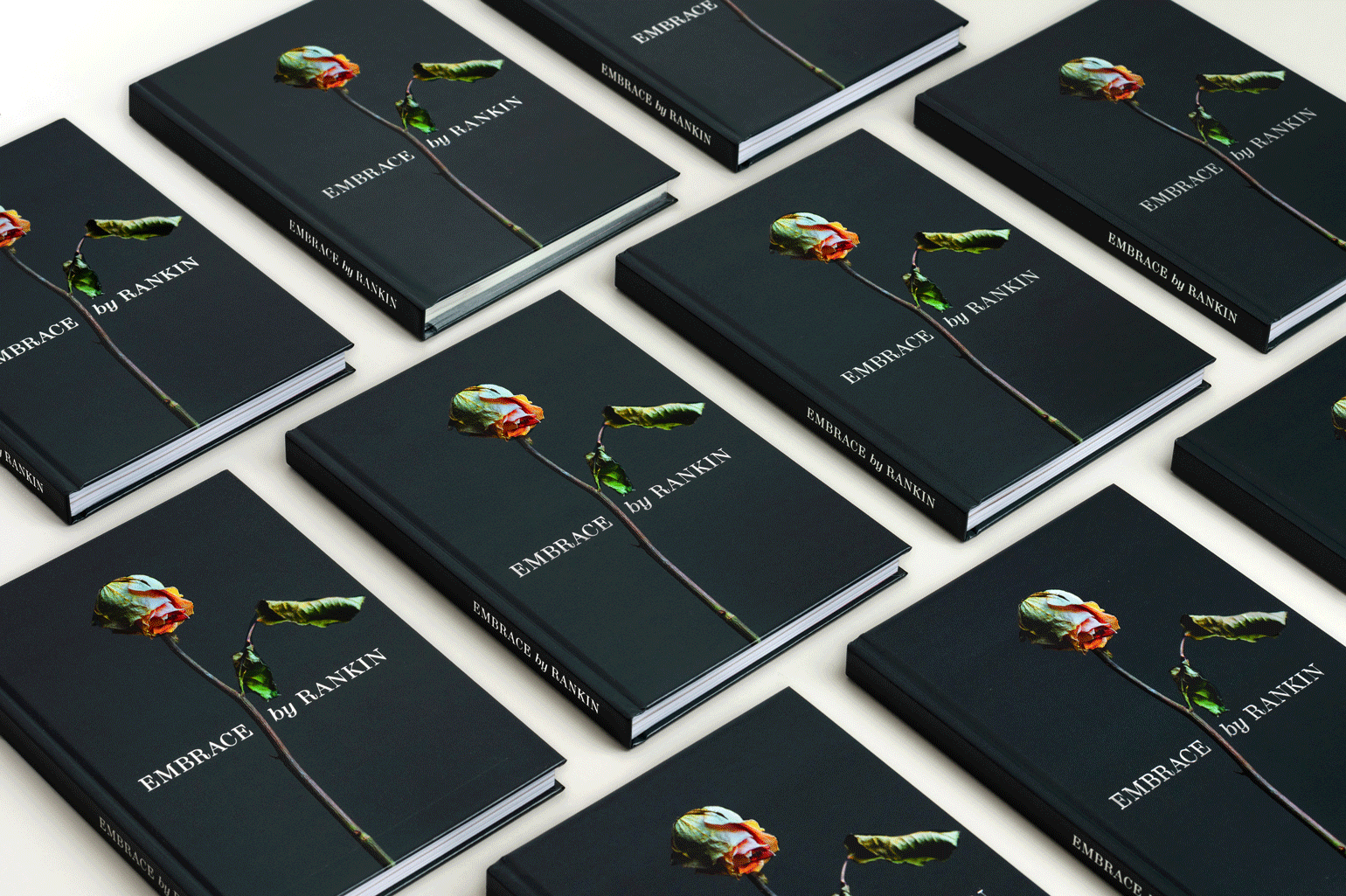

Now, a major new photography series by British photographer Giles Price, titled Restricted Residence, examines the evacuation – and eventual return – of the Japanese citizens of Namie and Iitate. ‘My focus was to visualise the potential unease and stress of living in this altered environment,’ Price tells Wallpaper*. ‘I wanted to examine the fear of radiation – its long-term psychological impact.’ The book, published by Loose Joints, charts the experiences of some 150,000 citizens returning to seemingly ordinary lives within the exclusion zone.
Price captured workers tasked with cleaning up and reconstructing the towns, at a cost of $50 billion to Japanese taxpayers. He photographed the medical officers drafted in to ascertain whether it would ever be safe, alongside much more quotidian figures – local mechanics, shopkeepers, office workers. He found and followed individual stories: the taxi driver paid a government retainer because there are so few customers, or a farmer who tends to contaminated cattle daily (which he can’t sell but refuses to put down).
Radiation had no role in our consciousness until then; suddenly we found that it was part of our lives, without having a yardstick to gauge it and form a judgment
His series is people-filled, but this also a portrait of absence, invisibility and uncertainty. For, hidden deep within the images, Price captures something far more insidious – the questioning of what might be taking place, undetectable, within one’s own body. What hidden stresses – physical and psychological – are these people under? Can they ever truly understand the land they have decided to return to?
To explore this conceptually, Price uses thermal imaging technology most often found in medicine or surveillance practices. The results morph the landscapes of Namie and Iitate into strange inverted dreamscapes of blues, greens and reds. ‘I wanted to convey a changed landscape and knew that a traditional approach wouldn’t work,’ Price says. ‘So I decided that thermographic technology more often used in surveying and medicine would be interesting in its abstractness.’

The thermographic technology seems capable of allowing us to see through Price’s subjects – as if they’re being X-rayed. The warmth of their bodies translates as a pinkish redness, set against the yellows and greens of their clothes and their homes, or the deep indigo-blue of surrounding vegetation. The images invites us to search for strange imperfections that might not be visible to the naked eye. It’s also a misnomer; radiation cannot be seen, or tasted or heard or touched. Price invites us to look for something that isn’t there, until, suddenly and often fatally, it is.
One evacuee from Fukushima, Ryoko Ando, reflecting on the experience for a Japanese medical journal. ‘We found ourselves drowning in numbers [and] strange units we had never heard of,’ she wrote. ‘Radiation had no role in our consciousness until then; suddenly we found that it was part of our lives, without having a yardstick to gauge it and form a judgment.’ As Price’s photography brilliantly attests, that inability to form judgment remains almost a decade on, even as the greatest spectacle on earth arrives in Japan.

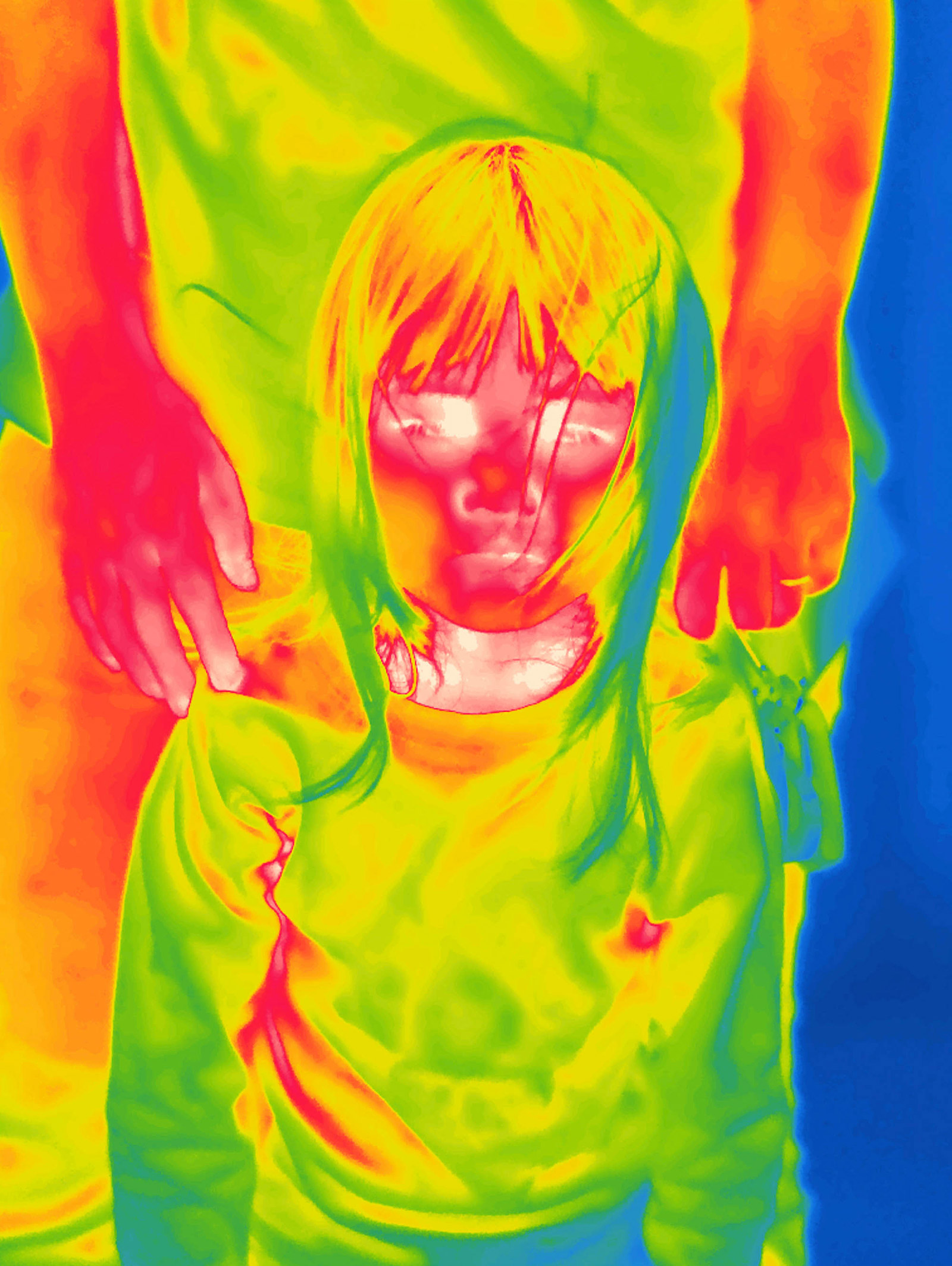

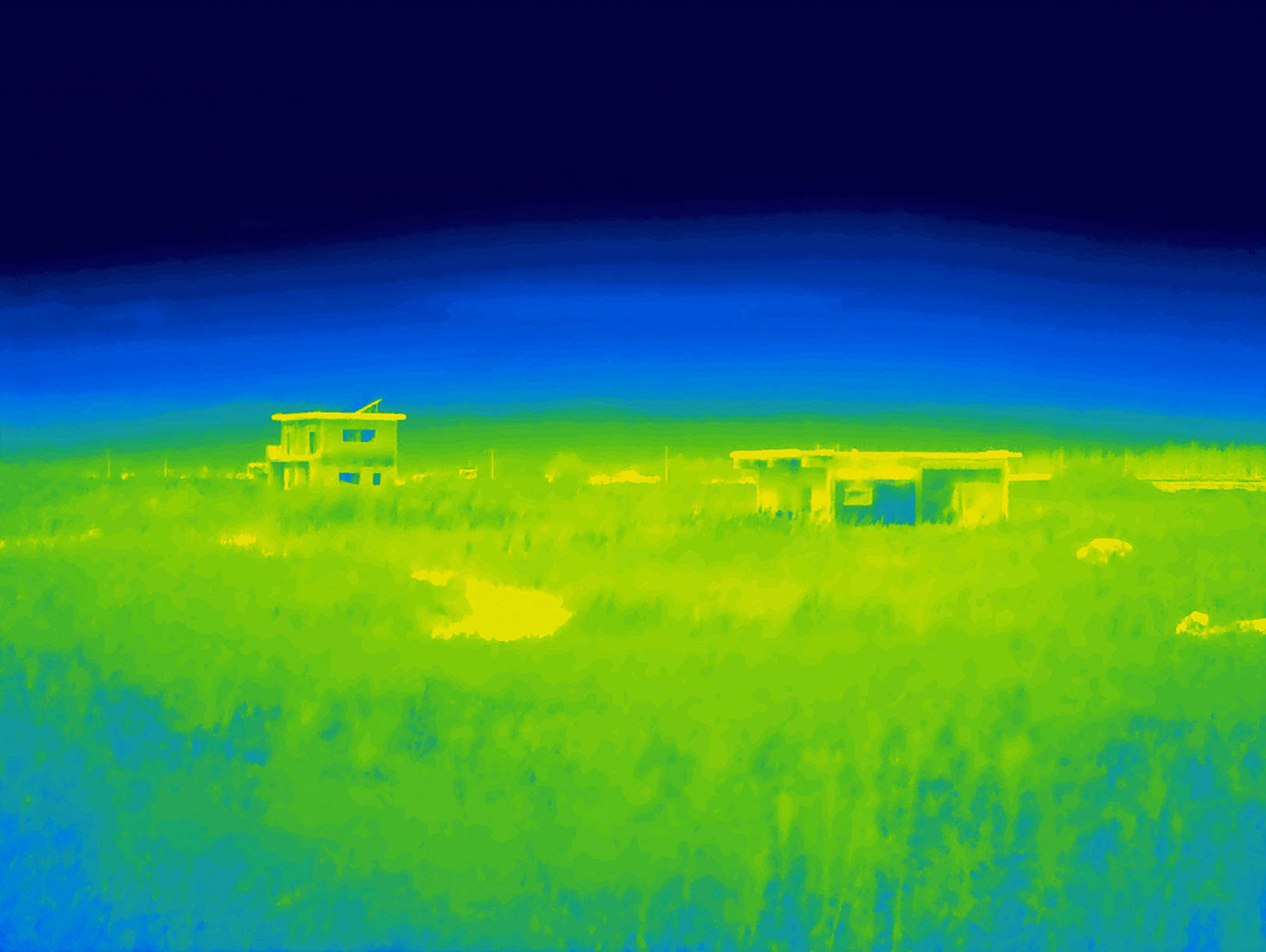
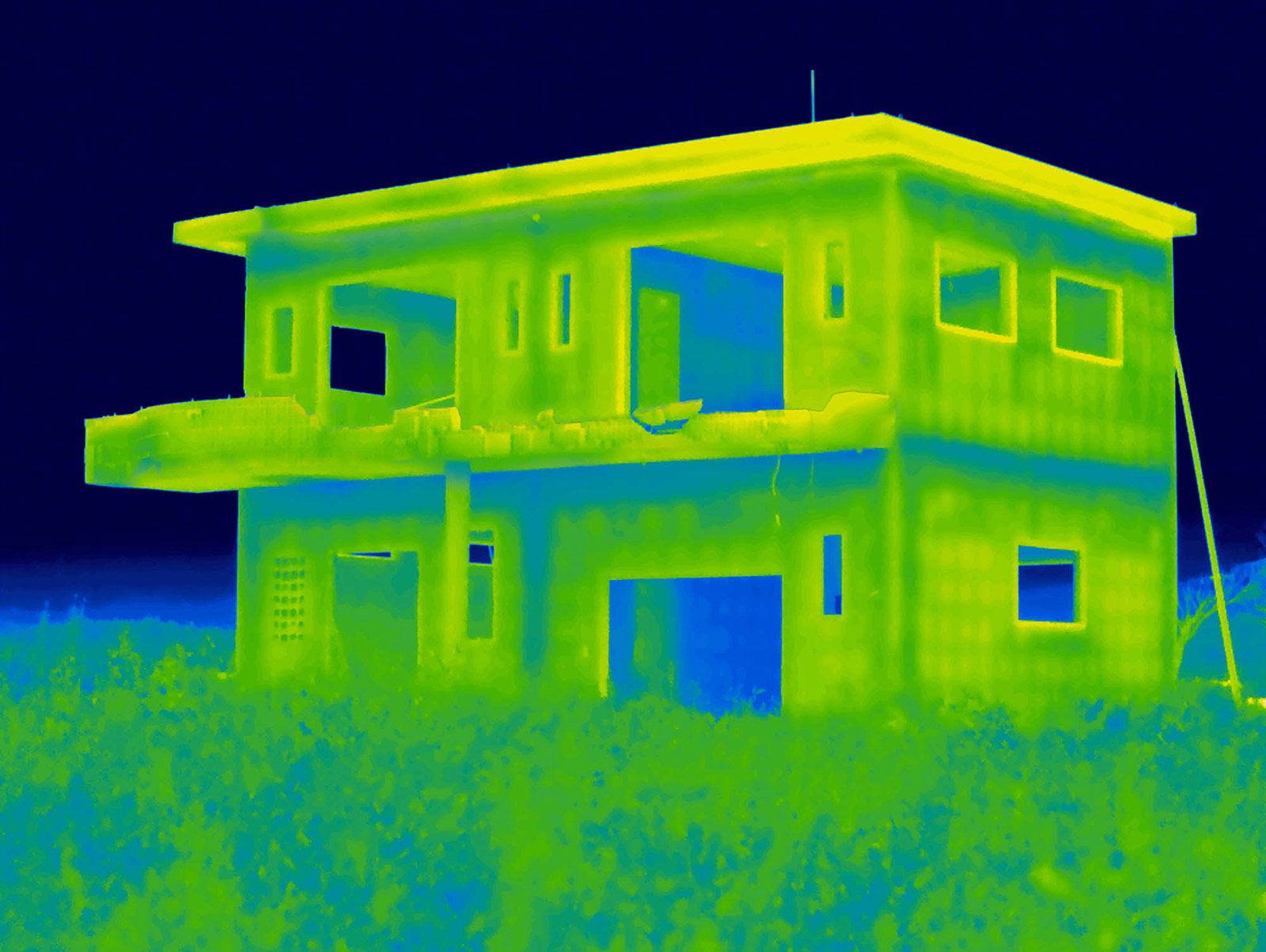
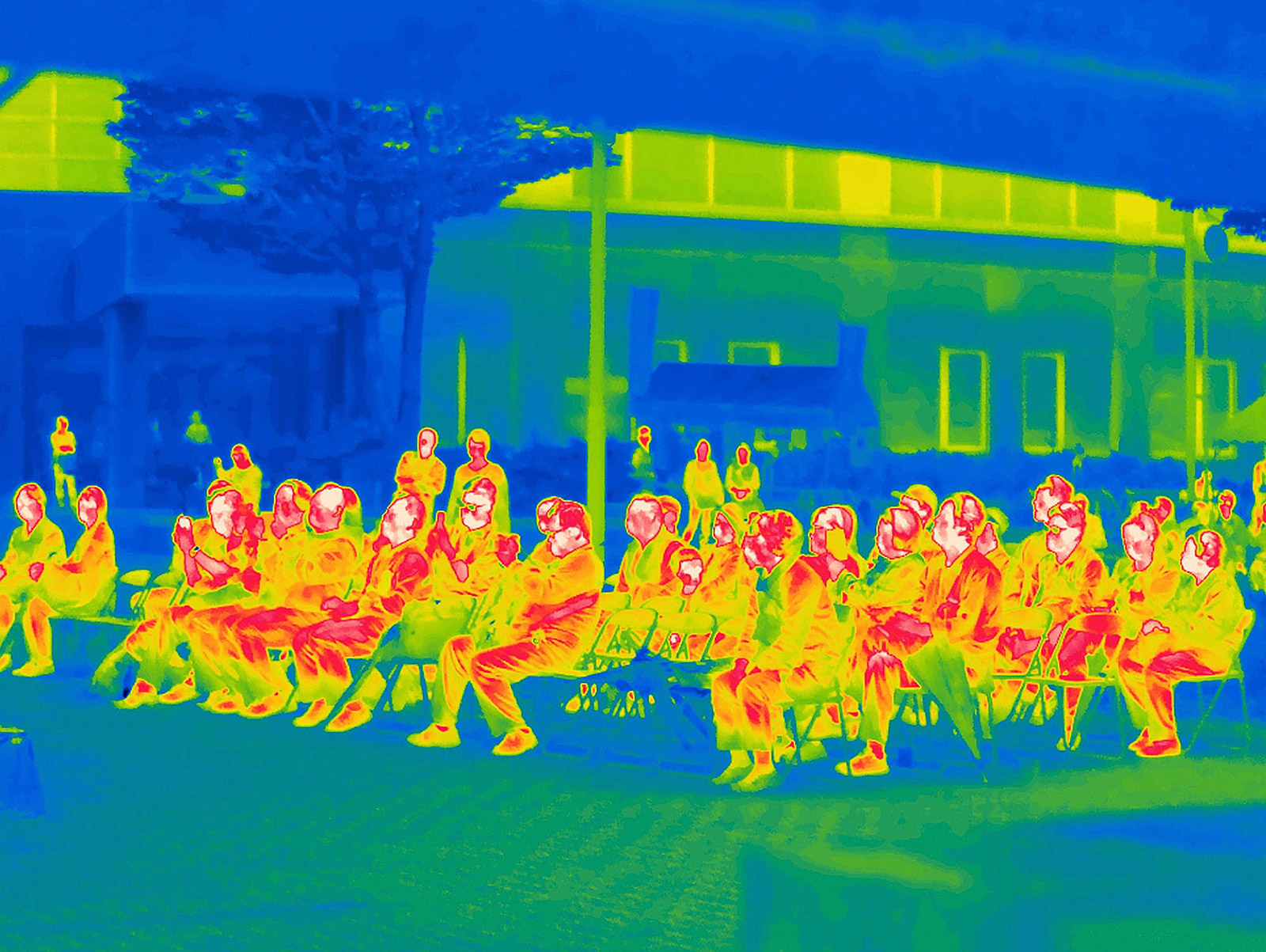

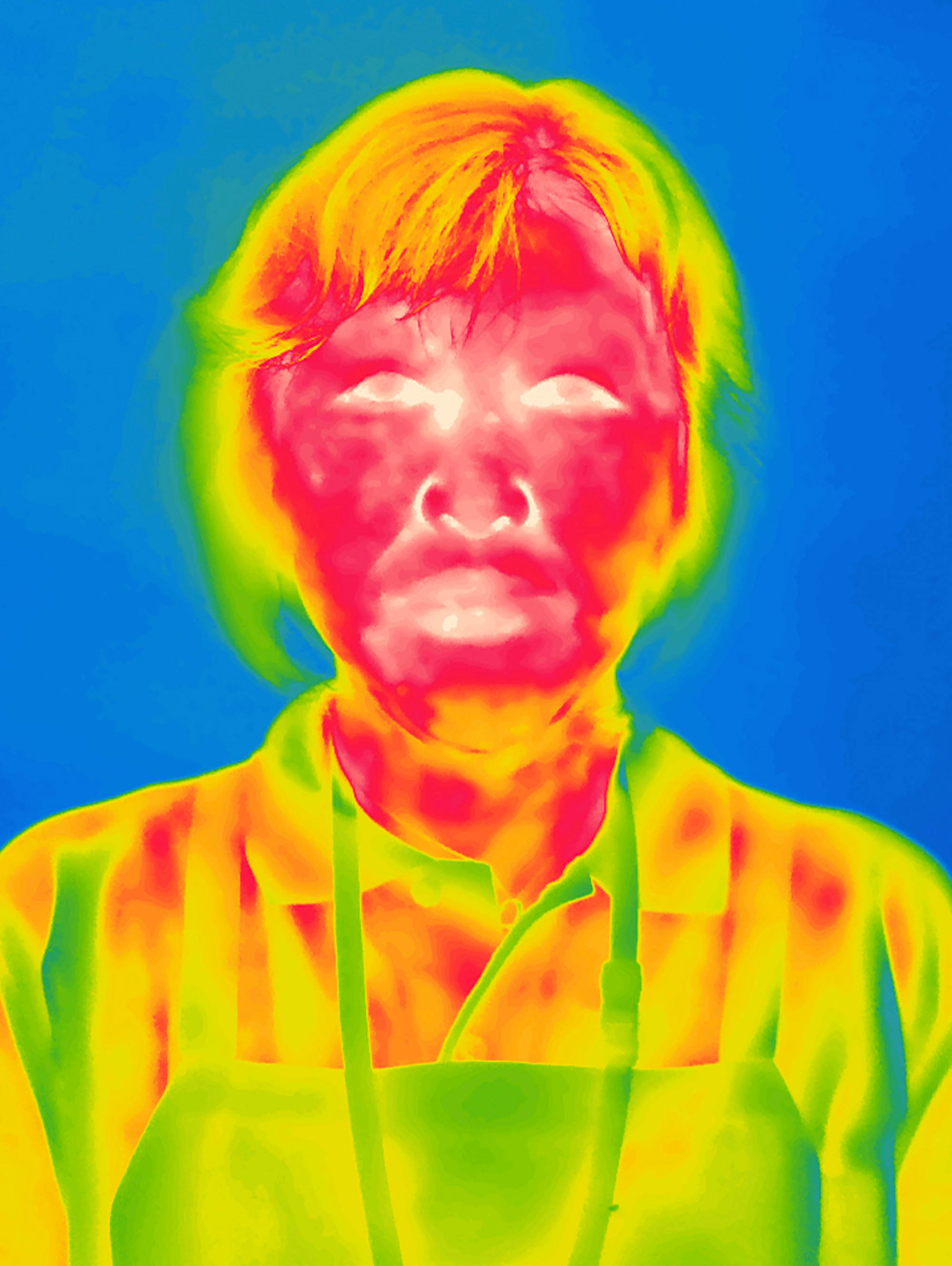
INFORMATION
Restricted Residence, £25, published by Loose Joints. The book launch will take place on Thursday 16 January at The Photographers’ Gallery, London, from 6-8pm. gilesprice.com
Receive our daily digest of inspiration, escapism and design stories from around the world direct to your inbox.
Tom Seymour is an award-winning journalist, lecturer, strategist and curator. Before pursuing his freelance career, he was Senior Editor for CHANEL Arts & Culture. He has also worked at The Art Newspaper, University of the Arts London and the British Journal of Photography and i-D. He has published in print for The Guardian, The Observer, The New York Times, The Financial Times and Telegraph among others. He won Writer of the Year in 2020 and Specialist Writer of the Year in 2019 and 2021 at the PPA Awards for his work with The Royal Photographic Society. In 2017, Tom worked with Sian Davey to co-create Together, an amalgam of photography and writing which exhibited at London’s National Portrait Gallery.
-
 At last: a London hotel that’s great for groups and extended stays
At last: a London hotel that’s great for groups and extended staysThe July London Victoria, a new aparthotel concept just steps away from one of the city's busiest rail stations, is perfect for weekends and long-term visits alike
-
 Three new smartwatches showcase new frontiers in affordable timepiece design
Three new smartwatches showcase new frontiers in affordable timepiece designLong may you run: smartwatches from Withit, Kospet and OnePlus favour function and value above all else, demonstrating just how much the smartwatch has evolved in recent years
-
 Debuts, dandies, Demi Moore: 25 fashion moments that defined 2025 in style
Debuts, dandies, Demi Moore: 25 fashion moments that defined 2025 in style2025 was a watershed year in fashion. As selected by the Wallpaper* style team, here are the 25 moments that defined the zeitgeist
-
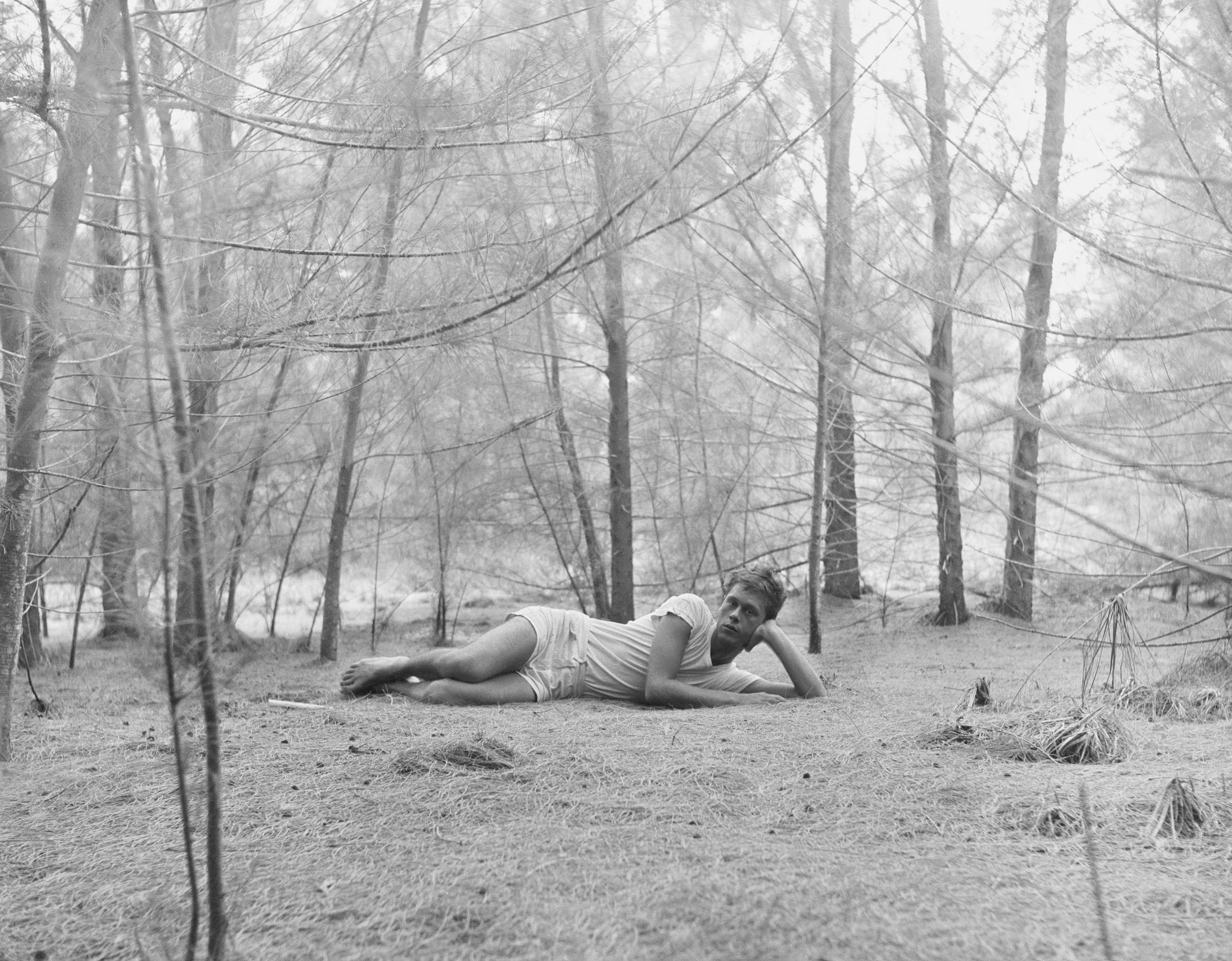 Inside the seductive and mischievous relationship between Paul Thek and Peter Hujar
Inside the seductive and mischievous relationship between Paul Thek and Peter HujarUntil now, little has been known about the deep friendship between artist Thek and photographer Hujar, something set to change with the release of their previously unpublished letters and photographs
-
 Nadia Lee Cohen distils a distant American memory into an unflinching new photo book
Nadia Lee Cohen distils a distant American memory into an unflinching new photo book‘Holy Ohio’ documents the British photographer and filmmaker’s personal journey as she reconnects with distant family and her earliest American memories
-
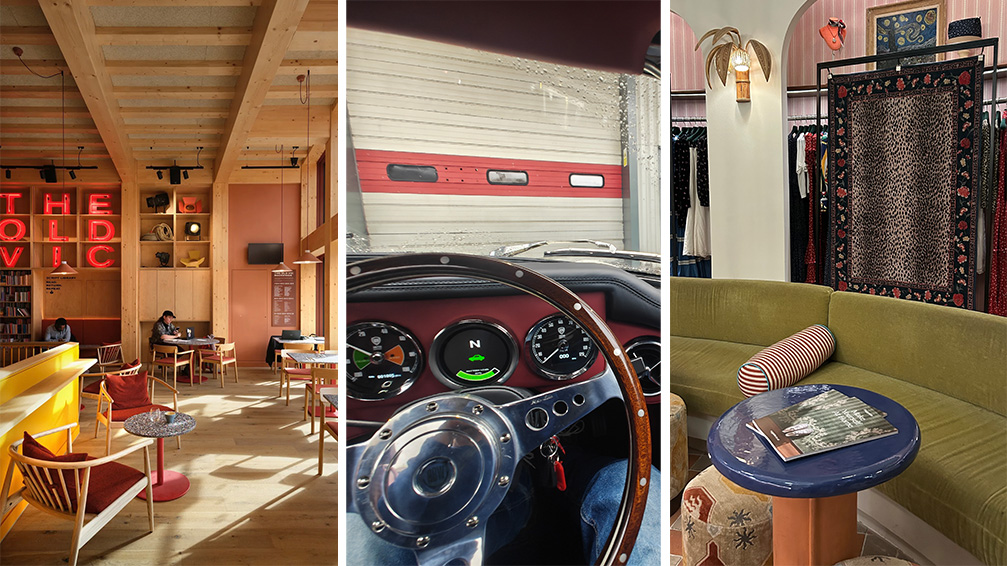 Out of office: The Wallpaper* editors’ picks of the week
Out of office: The Wallpaper* editors’ picks of the weekThe rain is falling, the nights are closing in, and it’s still a bit too early to get excited for Christmas, but this week, the Wallpaper* team brought warmth to the gloom with cosy interiors, good books, and a Hebridean dram
-
 Inside Davé, Polaroids from a little-known Paris hotspot where the A-list played
Inside Davé, Polaroids from a little-known Paris hotspot where the A-list playedChinese restaurant Davé drew in A-list celebrities for three decades. What happened behind closed doors? A new book of Polaroids looks back
-
 Inside the process of creating the one-of-a-kind book edition gifted to the Booker Prize shortlisted authors
Inside the process of creating the one-of-a-kind book edition gifted to the Booker Prize shortlisted authorsFor over 30 years each work on the Booker Prize shortlist are assigned an artisan bookbinder to produce a one-off edition for the author. We meet one of the artists behind this year’s creations
-
 Out of office: The Wallpaper* editors’ picks of the week
Out of office: The Wallpaper* editors’ picks of the weekThis week, the Wallpaper* editors curated a diverse mix of experiences, from meeting diamond entrepreneurs and exploring perfume exhibitions to indulging in the the spectacle of a Middle Eastern Christmas
-
 14 of the best new books for music buffs
14 of the best new books for music buffsFrom music-making tech to NME cover stars, portable turntables and the story behind industry legends – new books about the culture and craft of recorded sound
-
 Yuko Mohri’s living installations play on Marcel Duchamp’s surrealism
Yuko Mohri’s living installations play on Marcel Duchamp’s surrealismThe artist’s seven new works on show at Milan’s Pirelli HangarBicocca explore the real and imaginary connections that run through society